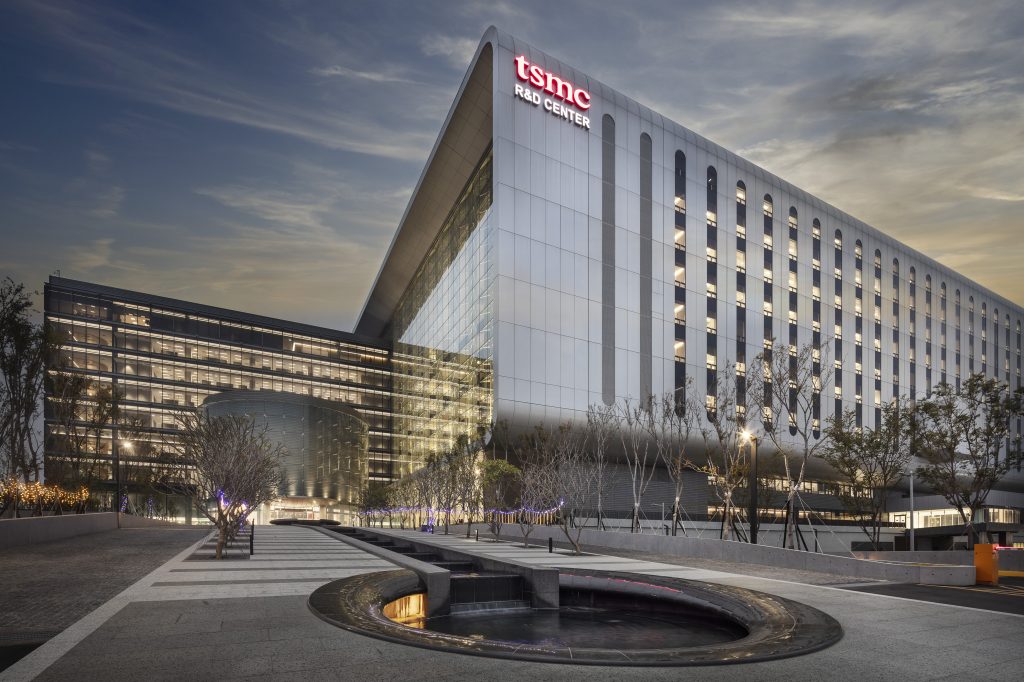
As TSMC doubles down on advanced node development to ride the AI wave, it’s steadily pulling back from legacy businesses. According to the Commercial Times, citing a press release from Navitas Semiconductor, TSMC will wind down its Gallium Nitride (GaN) wafer foundry services by July 31, 2027.
Notably, ijiwei suggests that TSMC plans to repurpose its Hsinchu Fab 5, currently used for GaN, for advanced packaging starting July 1, 2025. By reusing existing cleanroom facilities, TSMC can accelerate expansion with minimal effort—a timely move as demand surges for CoWoS, Wafer-on-Wafer (WoW), and Wafer-Level System Integration (WLSI) technologies, the report adds.
Meanwhile, industry analysts cited by Commercial Times point to rising price pressure from Chinese rivals as a key driver behind TSMC’s decision. Rather than engage in a price war, TSMC opted for a strategic exit, given the limited scale and low profitability of GaN production.
As per anue, TSMC has recently scaled back investment in mature process nodes to better meet customer demand and optimize resources. This reportedly involves selling equipment to its affiliate Vanguard International Semiconductor (VIS) and consolidating its 6-inch and 8-inch fabs, including the planned closure of Fab 5, which handles GaN production.
TSMC also reaffirmed that this strategic exit will not impact its previously announced financial targets, adding that its U.S. dollar revenue is expected to grow 24% to 26% in 2025, according to Central News Agency.
Why Navitas Chooses PSMC Over TSMC’s VIS
In response, Navitas is shifting production to fellow Taiwanese foundry Powerchip Semiconductor (PSMC) to ensure continued supply, according to the reports.
According to anue, TSMC’s current 6-inch monthly output for GaN stands at 3,000 to 4,000 wafers, with Navitas Semiconductor and Ancora Semi among its main customers—Navitas being the largest, accounting for over half of TSMC’s GaN volume.
Anue explains Navitas’ choice of PSMC over TSMC-affiliated VIS comes down to technical compatibility. Both TSMC and PSMC use the simpler and more cost-effective GaN-on-Silicon (GaN-on-Si) technology, while VIS relies on the more complex and expensive GaN-on-QST. To ensure smoother integration and better cost efficiency, Navitas opts to partner with PSMC and stick with the GaN-on-Si platform, the report adds.
(Photo credit: TSMC)





 CN
TW
EN
CN
TW
EN






